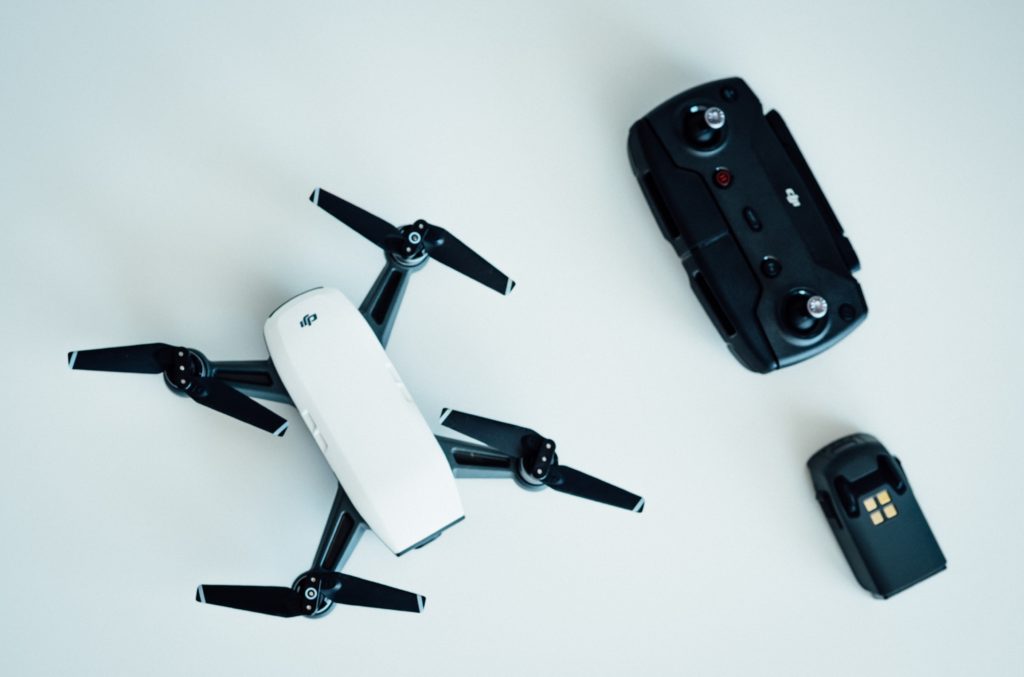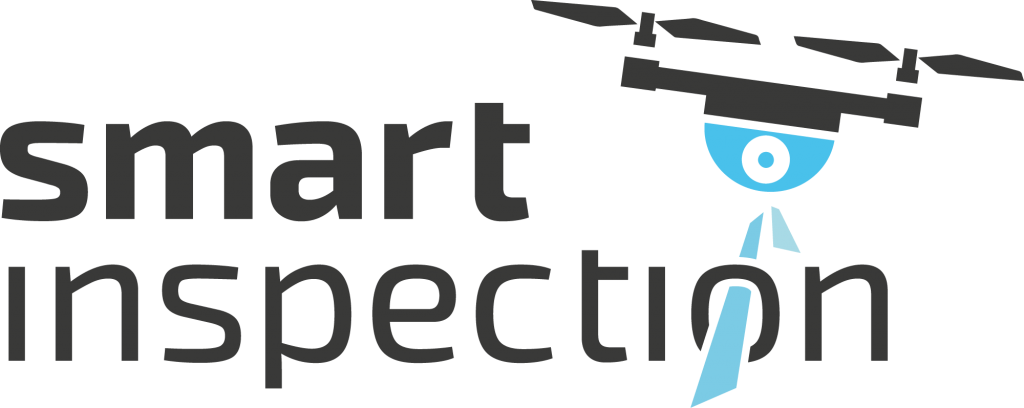Introduction
According to the Implementing Regulation 2019/947/EU drone operations in the “certified” category are the riskiest. This is not surprising, as this class is intended for big unmanned aerial systems (UAS; 3 m and more) and, among other operations, for the transport of people.
Neither the Implementing Regulation nor the Delegated Regulation contain specific rules for this category but rather general conditions. It can be reasonably assumed that the establishment of the main regulations will therefore be the responsibility of the national legislator.
Nevertheless, we would like to give you a brief overview of the provisions set in the regulations in the following.
The “certified” category
Operations shall be classified as UAS operations in the certified category if
the UAS has a characteristic dimension of 3 m or more and it is designed to be operated over assemblies of people, or
it is designed for transporting people, or
it is designed for the purpose of transporting dangerous goods and requiring a high level of robustness to mitigate the risks for third parties in case of an accident.
In addition, any other UAS operation shall be classified as an UAS operation in the “certified” category, when the competent authority, based on the provided risk assessment, considers that the risk of operation cannot be adequately mitigated without the certification of the UAS and the UAS operator.
The operation in this category requires an official permit. In this category not only the operator has to register himself. It is also mandatory to register the UAS that is certified, which means that the UAS has been provided with a certificate of airworthiness.
UAS in the certified category may only be operated if (i) they have an appropriate permit, (ii) the operator has an operating licence and (iii) the pilot of the UAS has a pilot licence.
From A to B with Taxi drones – Soon not science-fiction anymore
A few years ago still unthinkable, the future use of pilot-free Taxi drones now seems to be within reach; at least from a technical point of view. From a regulatory point of view, European and national legislators still have a lot of work to do. Still, with the new regulations, the EU Commission has taken the first steps towards regulating pilot-free Taxi drones.
In order to be able to fly with pilot-free Taxi drones from A to B in the future, the requirements for technical innovations, especially with regard to safety, are very high. During the flight, navigation devices and engines must be secured several times. High demands are also placed on safety during take-offs and landings. A flight with a Taxi drone not only needs to be safe for the passengers, but also for “oncoming traffic” in the air and for human activity on the ground.
Only when these high safety requirements are met, the Austro Control will issue a permit to test the Taxi drones. With such a permit, test flights without passengers can be carried out in certain predefined test areas. However, the path to the certification is still a long one.
It remains to be seen how the operation of Taxi drones will develop in practical terms in the future and when commercial operations will begin. The European Commission assumes a timeframe of at least 2035. What is already certain is that there are already exciting technical developments and a flood of legal regulations awaiting us in this area, until the full integration of unmanned aircraft into controlled airspace with manned aviation is completed.
A new blog post on this exciting topic will be waiting for you shortly. Stay tuned!

